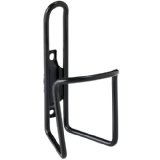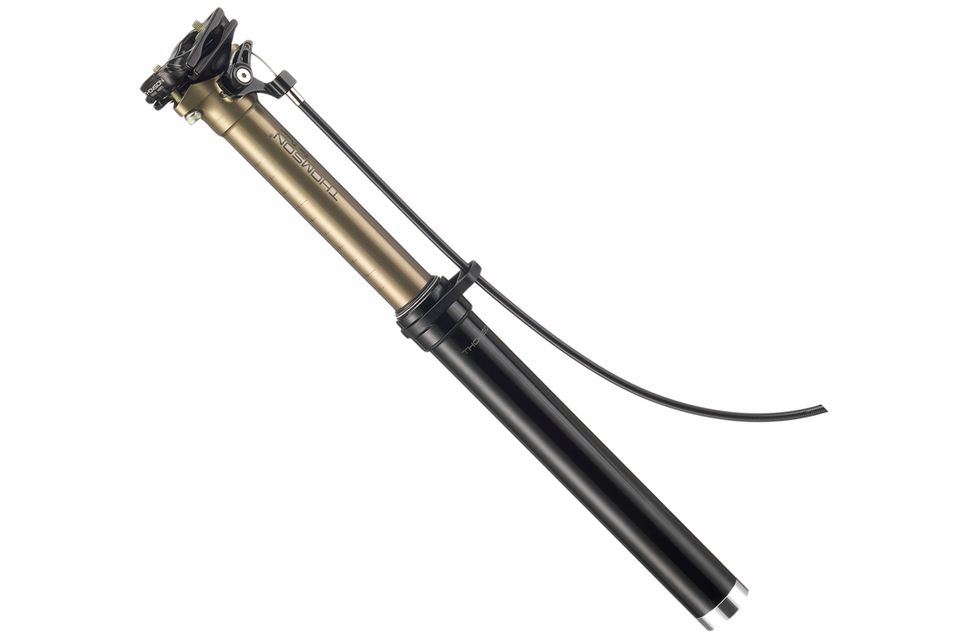Power Meter
Power meters measure your power output. Power can be used to pace a ride, and to do structured interval training. This StackExchange question has more in depth discussion. Power meters are ubiquitous in professional road racing. They have enabled better talent discovery and better and more targeted training. They can benefit many amateurs, but they are not required for satisfactory progress.
Alternatives include training by heart rate or by perceived effort. That said, heart rate will take several seconds to respond when you start an interval, and it will likewise take several seconds to come down when you stop an interval. Heart rate can be affected by fatigue. Some of the same criticisms hold for perceived effort. Power overcomes those disadvantages.
For structured training, riders estimate their functional threshold power (FTP). This is the maximum power you can sustain for some time, usually 30-70 minutes, and this usually corresponds to blood lactate levels (indicating anaerobic energy production) being steady as opposed to rising. Riders design intervals based on their FTP, e.g. warm up, ride 2x 15 minutes at 94-100% of FTP with a 7 minute rest, then cool down. More information on training zones (by FTP and heart rate) is here. Riders usually re-estimate their FTP during their season to keep their power targets in the correct zone.
A brief history and basic technical information
Most power meters use strain gauges to measure the amount of deflection in a bike component, usually the crank or the pedal spindle, as you pedal. It is possible to determine the torque applied from the deflection, and so with the help of a cadence sensor, power can be determined using the relationship Power = torque * cadence. This answer has more detailed information on how power meters work physically. They transmit this information wirelessly to a bicycle computer, typically over Bluetooth or a sport-specific protocol called ANT+. The data files can be analyzed by a coach and uploaded to a training site like Strava. Note that power meters require a bike computer capable of communicating via ANT+ or Bluetooth to work, which is an additional expense. The older PowerTap shown below had a proprietary computer, but current power meters work with most bike computers that have ANT+ or Bluetooth capability.
The first power meters were made by SRM (Schoberer Rad Metrik, a German company), and they were very expensive. As with many electronic goods, they have decreased substantially in price in recent years. SRM power meters replaced the chainring spider, and several other power meters are still mounted here. Later power meters were mounted in hubs (e.g. PowerTap, now owned by SRAM, pictured below), the crankarms, or the pedal spindles, or a few less common arrangements. E-bikes also measure torque, a component of power, to determine how much assistance to provide.

It is preferable to measure the total power generated by both legs, but some manufacturers offer left-only power meters to save costs. Power meters mounted at the crank spider, the hub, or on both crankarms or pedals will measure a rider's total power. Left-only power meters can be placed on the left crankarm or pedal spindle, or even on the right side. Left-only power is less accurate than total power. Also, if you have two independent power sensors on each side, you can measure the power balance between left and right, but it isn't clear if this is a significant benefit versus just knowing total power.
Power also enables virtual cycling environments like Zwift, where you simulate a rider's progress through a course and interactions between multiple riders based on their power and other inputs. Additionally, smart trainers can vary resistance at the flywheel to simulate gradient. Traditional wheel-on trainers can be used in this environment as well, but they can't simulate gradient. They can be used without a power meter, but this is less accurate.
Maintenance
Power meters are sealed units. They don’t suffer wear in the same way that chains, cables, and other bike components do. If replaceable, the batteries will need to be replaced periodically. The strain gauges are delicate. Manufacturers will try to protect the strain gauge pod, but users should also take as much care as possible not to knock the pod unnecessarily.
Power meters may need to be periodically zeroed, much like taring a weighing scale. You do this from your head unit or the phone app. Many newer power meters can auto zero. If you suspect a power meter is still reading wrongly, another step may be to calibrate the slope, I.e. the relationship between applied force and the strain gauge readings. This is usually done at the manufacturer, although some power meters enable users to do this. Smart trainers have a spindown function that is equivalent.
Smart trainers contain drive belts and cartridge bearings. These might wear out. Both belts and bearings tend to come in standard sizes. You could take the worn belt in to an auto parts store. For bearings, you can measure the physical size of the bearing; see the entry on bearings for more information. Removing them may take specialized tooling.
Reference:
Wikipedia























 (
(















